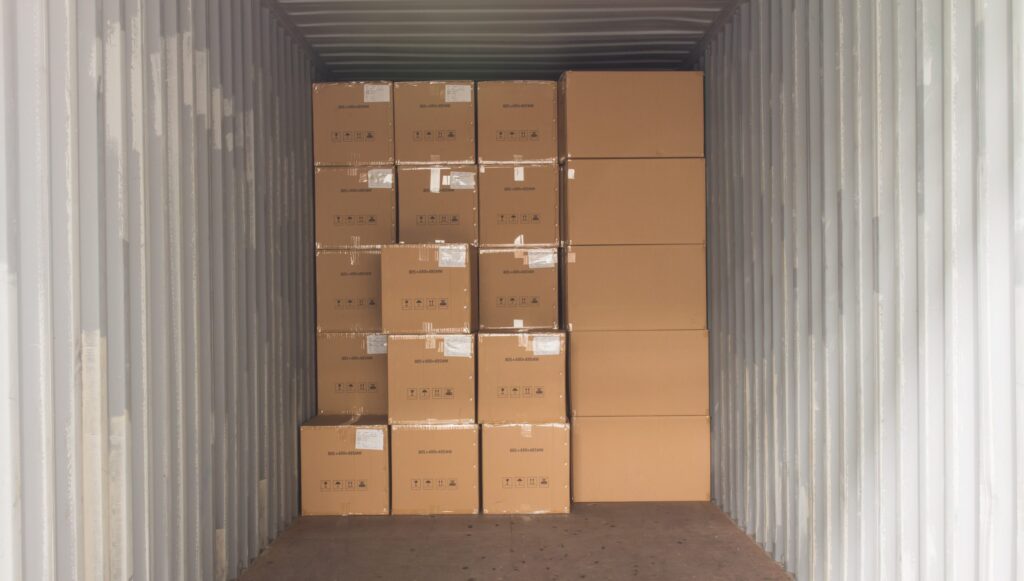Goods storage centers play a pivotal role in modern logistics by significantly reducing transportation costs and emissions. These centers serve as strategic hubs where goods are temporarily stored before being distributed to their final destinations. By optimizing storage and distribution processes, they contribute to a more efficient and sustainable supply chain. One of the key ways storage centers reduce transportation costs is through consolidation. Instead of shipping goods individually to multiple destinations, companies can consolidate shipments at storage centers. This practice minimizes the number of trips required and allows for larger, more efficient transportation modes such as trains or large trucks. As a result, companies can achieve economies of scale in transportation, lowering per-unit shipping costs. Furthermore, storage centers facilitate inventory management practices that further cut down on costs. By holding inventory at centralized locations, businesses can better forecast demand and adjust stocking levels accordingly. This reduces the need for rush deliveries and emergency shipments, which are typically more expensive and environmentally taxing due to their urgency and smaller shipment sizes.

In terms of emissions reduction, storage centers contribute by optimizing transportation routes and vehicle utilization. By consolidating shipments, fewer vehicles are needed overall, leading to reduced fuel consumption and lower greenhouse gas emissions per unit of freight transported. Moreover, storage centers often employ advanced logistics technologies such as route optimization software and real-time tracking systems, which help minimize empty backhauls and inefficient travel routes. Another environmental benefit of goods storage centers lies in their role in promoting intermodal transportation and try this site edepola.com. These centers are often located near major transportation hubs such as ports or railway terminals, facilitating seamless transfers between different modes of transport. This intermodal approach allows goods to travel longer distances by more fuel-efficient modes like trains or ships before being distributed via trucks for the final mile, further reducing overall emissions. Additionally, storage centers can support sustainable practices through energy-efficient warehouse designs and operations. Many modern storage facilities are equipped with energy-saving technologies such as LED lighting, solar panels, and advanced HVAC systems. These initiatives not only reduce operational costs but also lower the environmental impact associated with energy consumption.
Moreover, goods storage centers play a crucial role in disaster preparedness and response. By maintaining strategic stockpiles of essential goods, these centers can quickly mobilize resources during emergencies, minimizing disruptions and ensuring timely delivery of critical supplies to affected areas. This resilience enhances overall supply chain reliability and reduces the environmental footprint of emergency logistics operations. Goods storage centers are integral to achieving both economic and environmental sustainability in logistics. By consolidating shipments, optimizing inventory management, promoting intermodal transportation, and adopting energy-efficient practices, these centers help reduce transportation costs and emissions significantly. As global supply chains continue to evolve, the role of storage centers in fostering efficiency and sustainability will only become more crucial in meeting the challenges of a rapidly changing world. As warehouses continue to evolve with technological advancements and sustainable practices, goods storage centers will play an increasingly critical role in shaping the future of logistics and supply chain management.


